
Researchers have developed a novel hydrogel that mimics human tissue to heal heart damage and improve cancer treatment personalization. This innovation promises to advance regenerative medicine and personalized therapies, marking a significant contribution to health innovation.
Scientists develop a gel derived from wood pulp to repair damaged heart tissue and improve cancer treatments.
You can mend a broken heart this Valentine’s day now that researchers invented a new hydrogel that can be used to heal damaged heart tissue and improve cancer treatments.
University of Waterloo chemical engineering researcher Dr. Elisabeth Prince teamed up with researchers from the University of Toronto and Duke University to design the synthetic material made using cellulose nanocrystals, which are derived from wood pulp. The material is engineered to replicate the fibrous nanostructures and properties of human tissues, thereby recreating its unique biomechanical properties.
Advancements in Personalized Cancer Treatment
“Cancer is a diverse disease and two patients with the same type of cancer will often respond to the same treatment in very different ways,” Prince said. “Tumour organoids are essentially a miniaturized version of an individual patient’s tumor that can be used for drug testing, which could allow researchers to develop personalized therapies for a specific patient.”
As director of the Prince Polymer Materials Lab, Prince designs synthetic biomimetic hydrogels for biomedical applications. The hydrogels have a nanofibrous architecture with large pores for nutrient and waste transport, which affect mechanical properties and cell interaction.
Prince, a professor in Waterloo’s Department of Chemical Engineering, utilized these human-tissue mimetic hydrogels to promote the growth of small-scale tumor replicas derived from donated tumor tissue.
She aims to test the effectiveness of cancer treatments on the mini-tumor organoids before administering the treatment to patients, potentially allowing for personalized cancer therapies. This research was conducted alongside Professor David Cescon at the Princess Margaret Cancer Center.
Breakthroughs in Tissue Regeneration
Prince’s research group at Waterloo is developing similar biomimetic hydrogels to be injectable for drug delivery and regenerative medical applications as Waterloo researchers continue to lead health innovation in Canada.
Her research aims to use injected filamentous hydrogel material to regrow heart tissue damaged after a heart attack. She used nanofibers as a scaffolding for the regrowth and healing of damaged heart tissue.
“We are building on the work that I started during my Ph.D. to design human-tissue mimetic hydrogels that can be injected into the human body to deliver therapeutics and repair the damage caused to the heart when a patient suffers a heart attack,” Prince said.
Prince’s research is unique as most gels currently used in tissue engineering or 3D cell culture don’t possess this nanofibrous architecture. Prince’s group uses nanoparticles and polymers as building blocks for materials and develops chemistry for nanostructures that accurately mimic human tissues.
The next step in Prince’s research is to use conductive nanoparticles to make electrically conductive nanofibrous gels that can be used to heal heart and skeletal muscle tissue.
Reference: “Nanocolloidal hydrogel mimics the structure and nonlinear mechanical properties of biological fibrous networks” by Elisabeth Prince, Sofia Morozova, Zhengkun Chen, Vahid Adibnia, Ilya Yakavets, Sergey Panyukov, Michael Rubinstein and Eugenia Kumacheva, 13 December 2023, Proceedings of the National Academy of Sciences.
DOI: 10.1073/pnas.2220755120

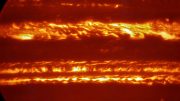
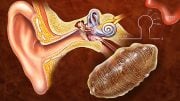
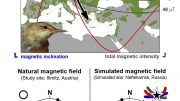

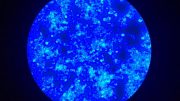


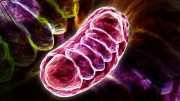
Be the first to comment on "Science’s Valentine: New Hydrogel Promises To Mend Broken Hearts"